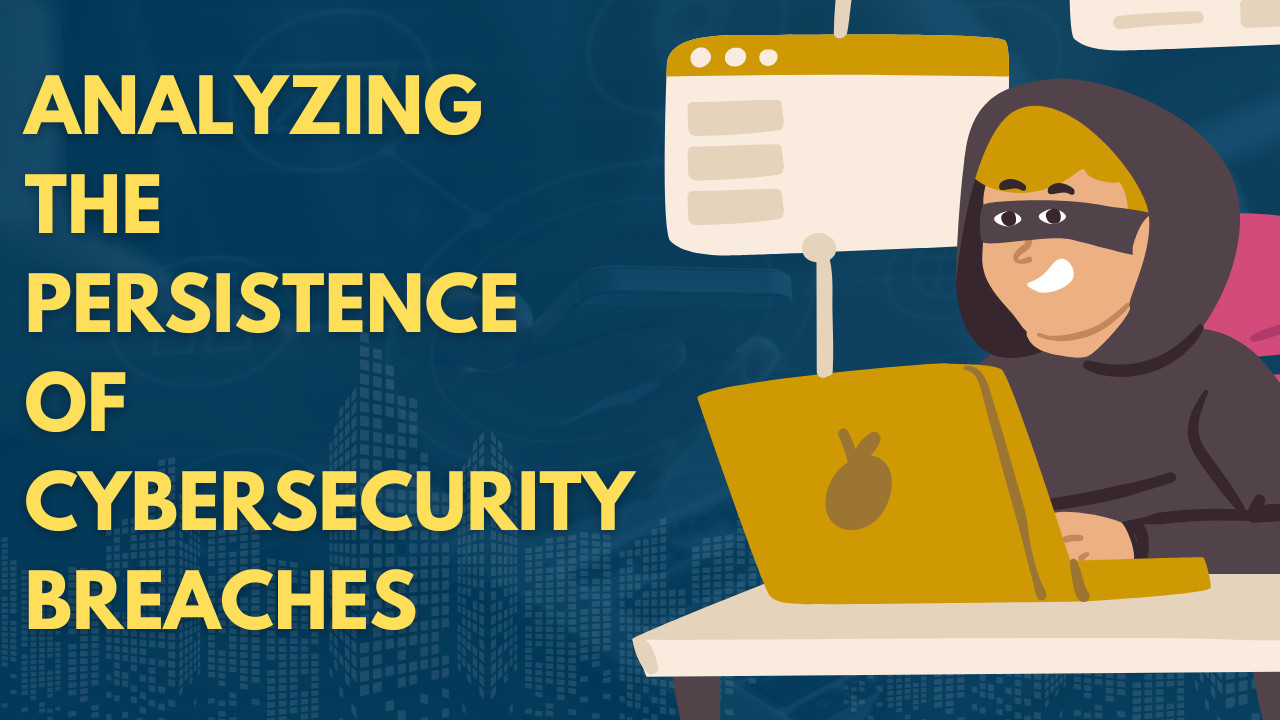-
Connect With Your Ottawa IT Service Company at (613) 828-1384
Connect With Your Ottawa IT Service Company at (613) 828-1384
We observe that despite pouring billions into cybersecurity defenses, the incidence of digital intrusions has not diminished. This signals a concerning trend of ineffective security measures against increasingly sophisticated cyberattacks.
Our resolve is clear: to fortify our digital defenses with a multi-layered security strategy and ensure consistent data backups to mitigate the dangers posed by cyber threats.
We predict a notable increase in investment toward cybersecurity, with last year’s budget of $188 billion expected to climb to nearly $215 billion this year. This growth reflects our heightened priority to strengthen our cyber defensive capabilities.
Despite our increased investment in cyber defenses, we’ve observed a troubling rise in security breaches. Last year witnessed a staggering 78% increase in incidents, totaling over 3,250 breaches. This highlights the importance of evolving our strategies to counteract the sophistication of these cyber threats.
Complexity of Cyber Attacks
Challenges with Cloud Security
Risks from Third-party Vendors
We recognize the need for strategic alignment between investment and effective cybersecurity measures. Modern defenses now include DNS protection, zero-trust architecture, proactive detection and response, and advanced email security for cloud environments.
We are committed to providing expert advice and solutions to ensure the robustness of your network security. We focus on the precise configuration of security layers, aiming for comprehensive network protection.

We are witnessing a transformation in the landscape of cyber threats. Cybercriminal groups are adopting more sophisticated strategies, refining their techniques to evade detection. These collectives have started to distribute ransomware as a service, reducing the need for technical expertise among attackers. This trend has resulted in a surge of cyberattacks, making it challenging for organizations to keep up with evolving security demands.
Ransomware no longer merely locks data; it now includes tactics to extract and threaten the release of sensitive information. We observe this advancement as a dual threat where attackers demand ransom to unlock encrypted networks and threaten to disclose confidential data. The leaking of private information serves as a tactic to intensify pressure on the affected parties, exacerbating the impact of attacks.
Our collective move to the cloud has been swift, spurred by the need for digital transformation. This brisk migration has often occurred without implementing sufficient security protocols due to a shortage of skilled cybersecurity professionals. Although cloud infrastructures are inherently secure, the absence of tailored security measures exposes data to potential breaches, making it as vulnerable as it would be in a less secure traditional environment.
| Issue | Implications |
|---|---|
| Older Hardware | Higher risk of cybersecurity incidents |
| Overlooked Maintenance | Unrepaired weak points due to absent updates |
| Compromised Element | Consequences |
|---|---|
| Antiquated Safeguards | Exposed to current and emerging dangers |
| Update Deficiency | Known security flaws remain accessible |
In an era where the allocation of funds towards cybersecurity is on the rise, forecasting an increase to $215 billion, it’s our responsibility to direct these finances smartly. The aim is to prioritize spending on security measures that offer the strongest protection and the best value. This discerning approach to channeling funds underpins our commitment to enhancing the security infrastructure.
Expenditure Highlights:
Prioritization Criteria:
Deploying top-tier tools is crucial, but proper configuration and management are what close the security loop. We recognize that robust security protocols, like setting up formidable firewall configurations and regular cloud security assessments, are necessary to seal off vulnerabilities, especially when shifting data to cloud environments.
Security Actions:
Awareness of potential third-party vendor risks propels us to supervise and manage vendor-related vulnerabilities decisively. Retiring outdated equipment and staying abreast of the latest operating systems are vital in mitigating security risks.
Vendor Management Strategies:
We ensure that our defense strategies, such as DNS protection, antivirus software, and zero-trust models, are applied with precision and are under continual reassessment to maintain optimal efficacy. At Colorado Computer Support, we’re dedicated to assisting with harmonizing security investments with their protective outcomes.
In today’s digital age, safeguarding our online ecosystem is becoming increasingly vital. We recognize the heightened level of threat presented by sophisticated cyber-attacks. These can be complex ransomware schemes and strategies targeting private and corporate information.
As these perpetrators often leverage ransom demands by threatening to leak stolen data, we’ve adapted our cybersecurity strategies to address these evolving threats. As organizations move services to the cloud, solidifying their defenses is paramount to withstand potential intrusions. It’s also important to consider the risks associated with third-party associates, particularly when their networks may incorporate obsolete technology.
Embracing a multi-layered defense is key, translating strategic investments into fortified security at every level. Our improved cybersecurity toolkit includes:
Our firm offers professional advice and comprehensive management of these security measures designed to amplify your cyber resilience. We ensure your cybersecurity investments are both wise and impactful.
We invite organizations seeking customized security approaches to engage with our expertise. We’re committed to enhancing your network’s defenses and bolstering your data backup systems. Connect with our specialists through our website or by calling us, and let us help you protect your digital landscape.